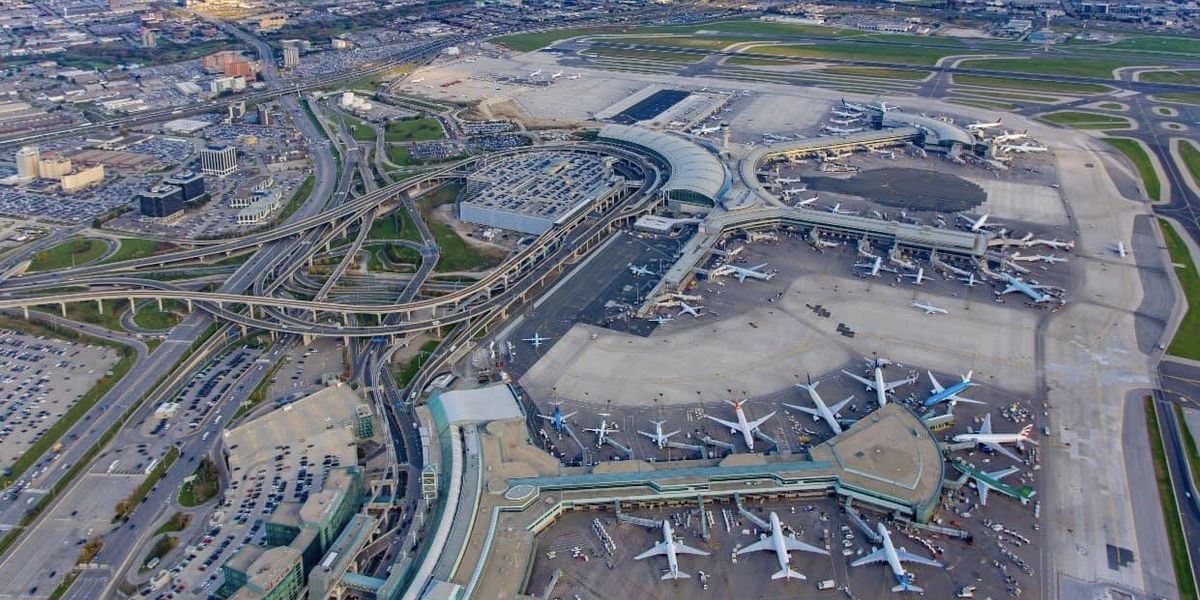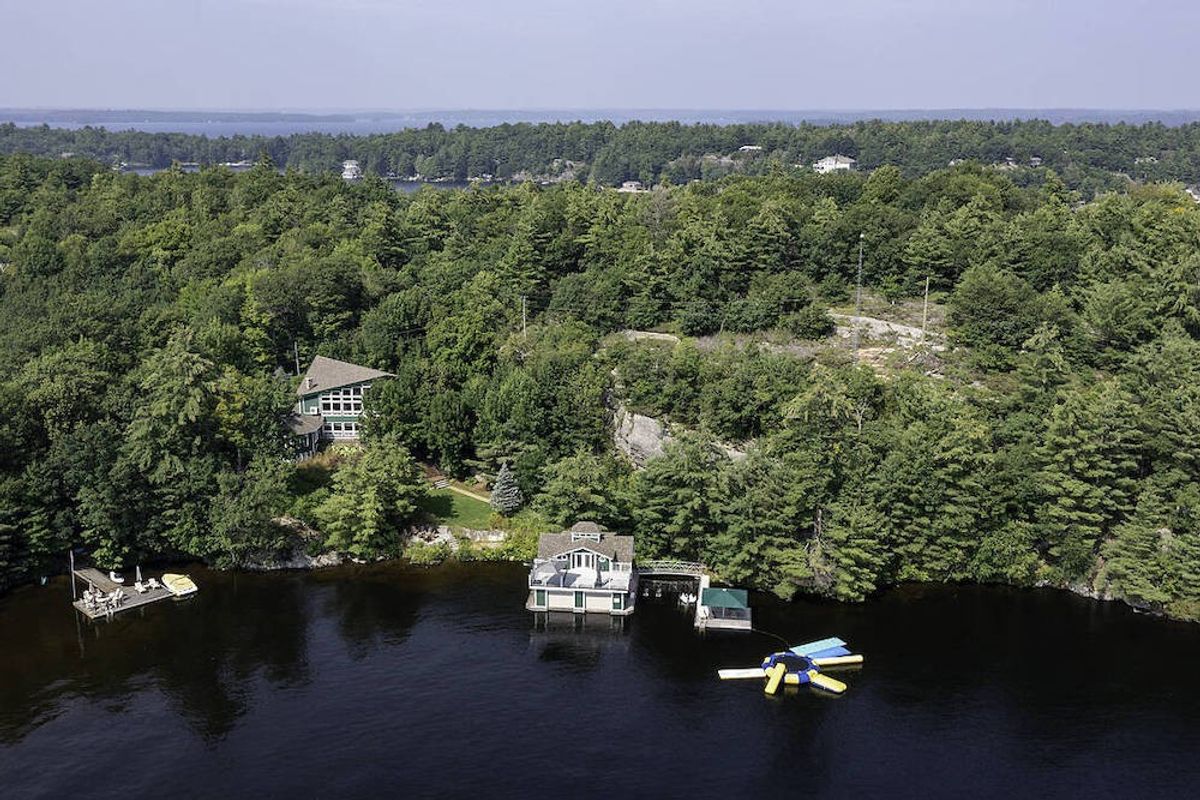As a busy surgeon who works long hours , Dr. Dmitry Tsvetkov appreciates the convenience of online shopping with delivery to the lobby of his Toronto waterfront condo. But condo residents and managers alike across the Greater Toronto Area are discovering that in the digital age, the parcels are taking up more and more space at the front door.
“There’s quite a significant pile, especially on big sale days or at holiday time,” says Dr. Tsvetkov, who is also a member of his condo’s board of directors. His condo’s property manager Roland Kani says that at this time of year, more than 50 packages arrive for residents of the building’s 298 units every day.
READ: 40 Per Cent Of Toronto Condos Are Investor-Owned, Driving Up Prices
“The parcels are becoming a bit of headache. No one had foreseen this coming to buildings five years ago,” Kani says.
The plethora of packages and parcels needs to be managed by cooperation between residents, condo concierges and property managers. “We ask people to let us know if they’re going to be away for a while and unable to pick up their parcels, and we like people to pick up their deliveries within three days,” Kani explains says.
“Handling parcels is probably the biggest challenge for condo managers in the city right now,” says Robert Klopot, President and CEO of the Forest Hill Group, which manages approximately 80 properties in Toronto.
READ: Here’s Some Great Gadget Gift Ideas For Christmas 2019
“The volume of parcels arriving is up more than 33 per cent each year,” he says. The cost of managing this can add $75,000 to a typical building, because it often requires a separate employee to receive deliveries eight hours a day.
“Security people are supposed to be in charge of security, not parcels. So you need an extra person,” Klopot says. Costs also add up because in the gotta-have-it-now age, parcels arrive seven days a week at all kinds of hours.
Klopot says that property managers and condo boards are responding to the onslaught of deliveries by being creative and cooperative — applying technology to make the deliveries less intrusive and working with residents and boards to make sure the people receiving parcels keep on top of their orders.
READ: The 2019 Toronto Christmas Market Heads Into Its Final Week
“We have hired parcel concierges in about three quarters of the buildings we manage and set up standalone reception desks, so the parcels don’t pile up at the entrance,” he says.
“And in some cases we get peoples’ permission to deliver parcels right into their units if they’re not home, so they don’t have to pick them up at all,” he adds.
Some buildings are also equipping residents with apps that can track arrival of parcels once they land at the building’s front door. Buildings are also adding lock boxes that can be loaded up by delivery companies and opened by residents with individual QR codes.
READ: 10 Things You Should Know About Canada’s Wonderland WinterFest
These solutions can work in a lot of cases, but some deliveries can still be, well, problematic, Klopot says.
“Parcels seem to be getting bigger and bigger,” he says. “And one time, someone tried to drop off a puppy in a crate — we couldn’t accept it without the resident being there, of course.”
One thing Klopot and others aren’t worried about yet is the advent of drone deliveries. It won’t happen in Toronto for a while.
“The delivery companies haven’t negotiated the air rights to fly around yet,” he says. “So while you may need to pick up your parcel at the door, at least you don’t have to duck.”





















